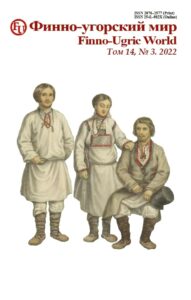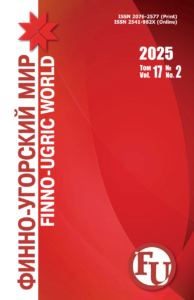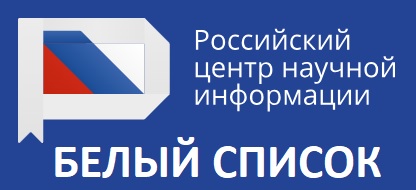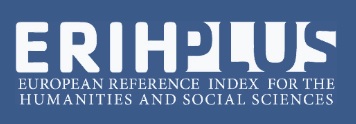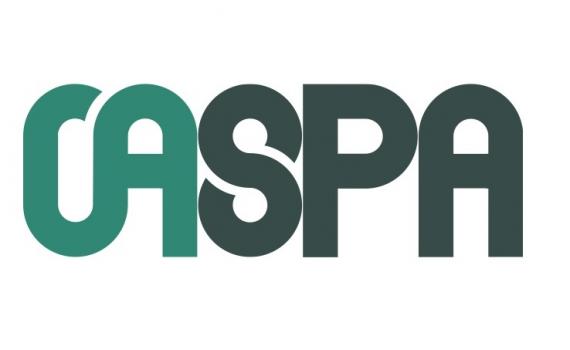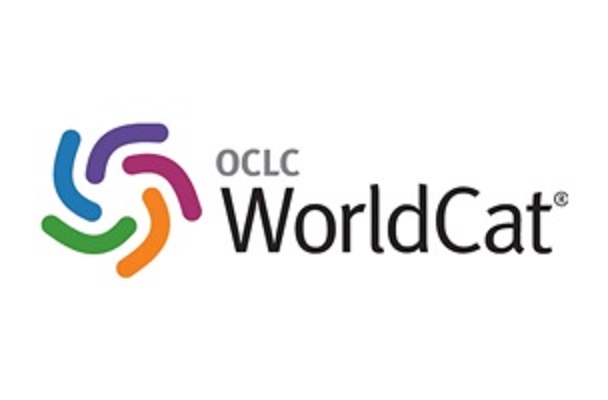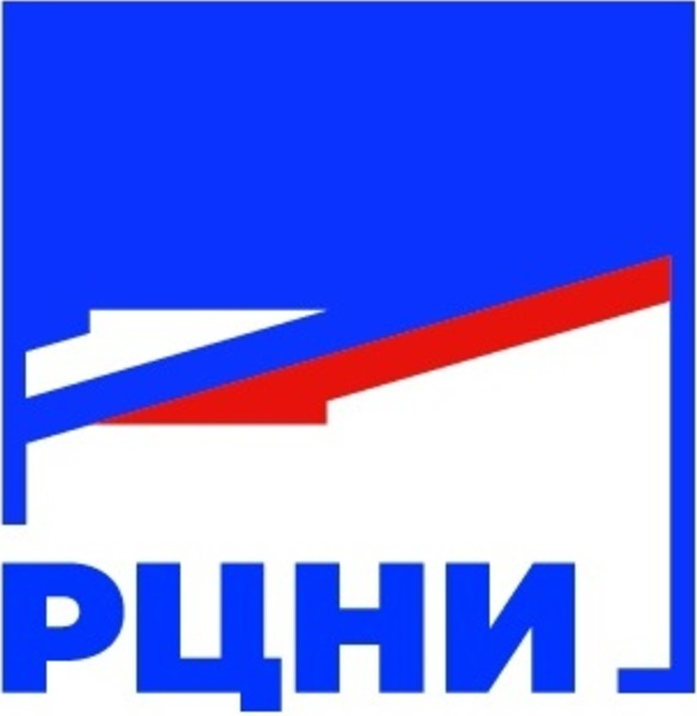Download (pdf) 
Original article
DOI: 10.15507/2076-2577.014.2022.03.332-345
The relevance of modern forms of preservation of the socio-cultural heritage of the village: the experience of the museum and cultural center “House of Traditions” (Parakino village, Bolshebereznikovsky district of the Republic of Mordovia)
Alyona A. Antipova
Elena N. Kasarkina
National Research Mordovia State University,
Saransk, Russia
Introduction. The article is based on the results of a survey conducted during the implementation of the project “MY VILLAGE: from cultural traditions to civic initiatives”. The project is a scaling up of the successful municipal practice of the museum and cultural center “House of Traditions” of the village of Parakino of the Bolshebereznikovsky district of the Republic of Mordovia to the district level. The relevance of the project is due to the dynamics and specifics of the sociocultural request of society, namely “search for oneself” through the growing interest in ancestry, culture and traditions, national cuisine, the demand for ecological, recreational and ethnographic tourism, which brings a person to “his village”, to the parental home, hearth, which is strategically important for the preservation of the village, Russian culture, identity and sovereignty.
Materials and Methods. The material was the data of a questionnaire survey conducted to assess the relevance of civic initiatives as a factor in the development of cultural traditions in rural areas and ways to actualize them in modern society. The research methodology includes a combination of humanitarian (synergetic, axiological, structural-functional, anthropological, hermeneutic, historical, communicative institutional, systemic) approaches, as well as methods of statistical processing and qualitative analysis of the results obtained.
Results and Discussion. The articles considers the opinion of potential and current participants of the project on the implementation of the practices of “House of Traditions” in their municipal area; the results achieved, prospects and priorities that need to be addressed when replicating the experience of “House of Traditions” in specific villages and problems that may hinder the success of such a project.
Conclusion. The results and social effects of the practical activities of the “House of Traditions” are empirically substantiated. The main provisions and conclusions of the work can be used in the further study of the problem of solving the social problems of the modern Russian village and the role of civic initiatives in the preservation of cultural traditions.
Keywords: village, cultural heritage, traditions, museum and cultural center, social problems, support
Acknowledgments: The study was supported by a grant from the Presidential Fund for Cultural Initiatives for the implementation of projects in the field of culture, art and creative (creative) industries within the framework of the scientific project No. PFKI-21-1-002537 “MY VILLAGE: from cultural traditions to civic initiatives”.
For citation: Antipova AA, Kasarkina EN. The relevance of modern forms of preservation of the socio-cultural heritage of the village: the experience of the museum and cultural center “House of Traditions” (Parakino village, Bolshebereznikovsky district of the Republic of Mordovia). Finno-ugorskii mir = Finno-Ugric World. 2022;14;3:332–345. (In Russ.). DOI: 10.15507/2076-2577.014.2022.03.332-345.
Information about the authors
A. A. Antipova – Candidate Sc. {Sociology}, Associate Professor, Department of Sociology and Social Work, National Research Mordovia State University, aljona.ntpv@mail.ru, https://orcid.org/0000-0001-9009-6066
E. N. Kasarkina – Candidate Sc. {Sociology}, Associate Professor, Department of Sociology and Social Work, National Research Mordovia State University, eienovik@mail.ru, https://orcid.org/0000-0003-4213-8211

